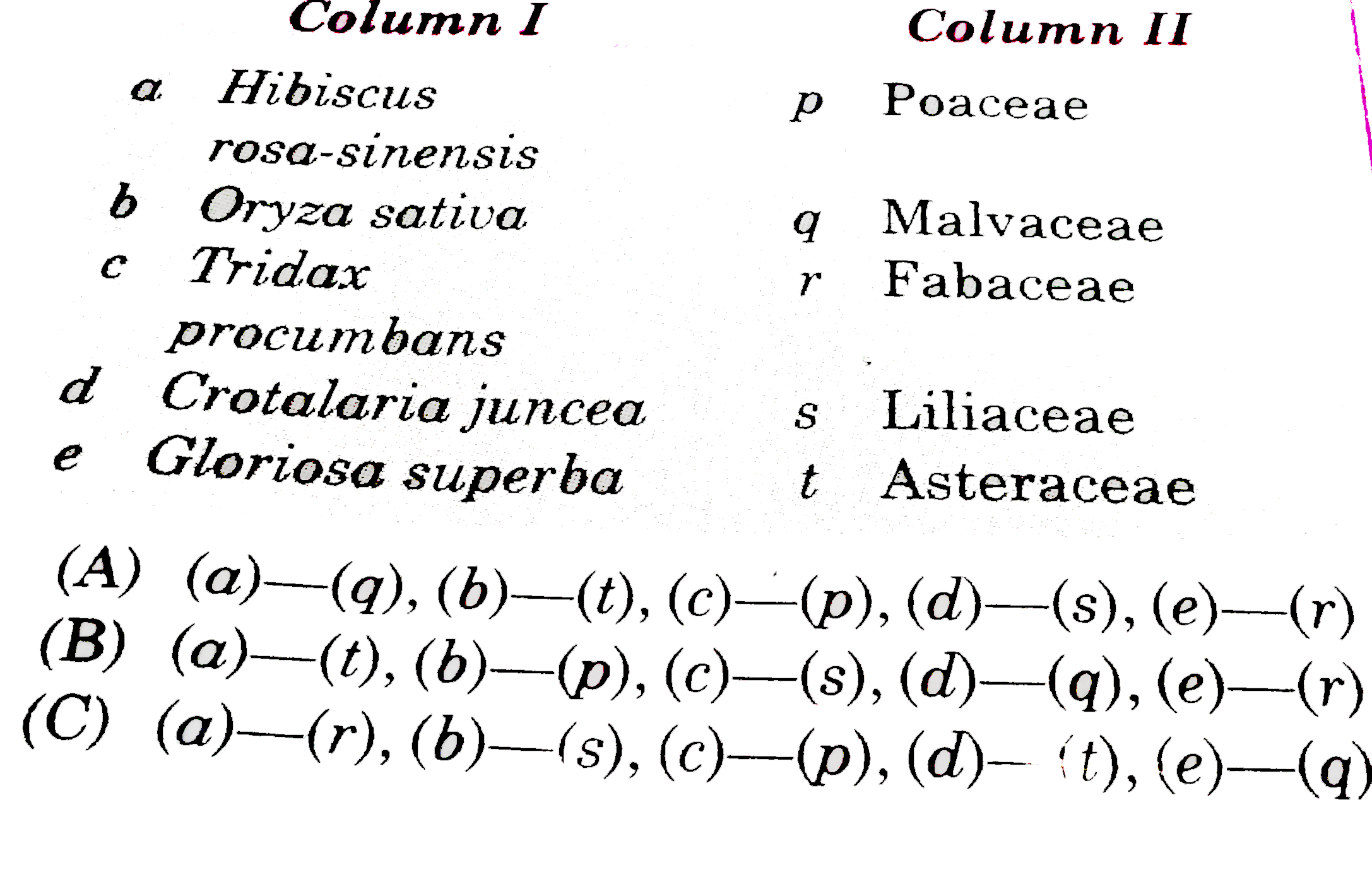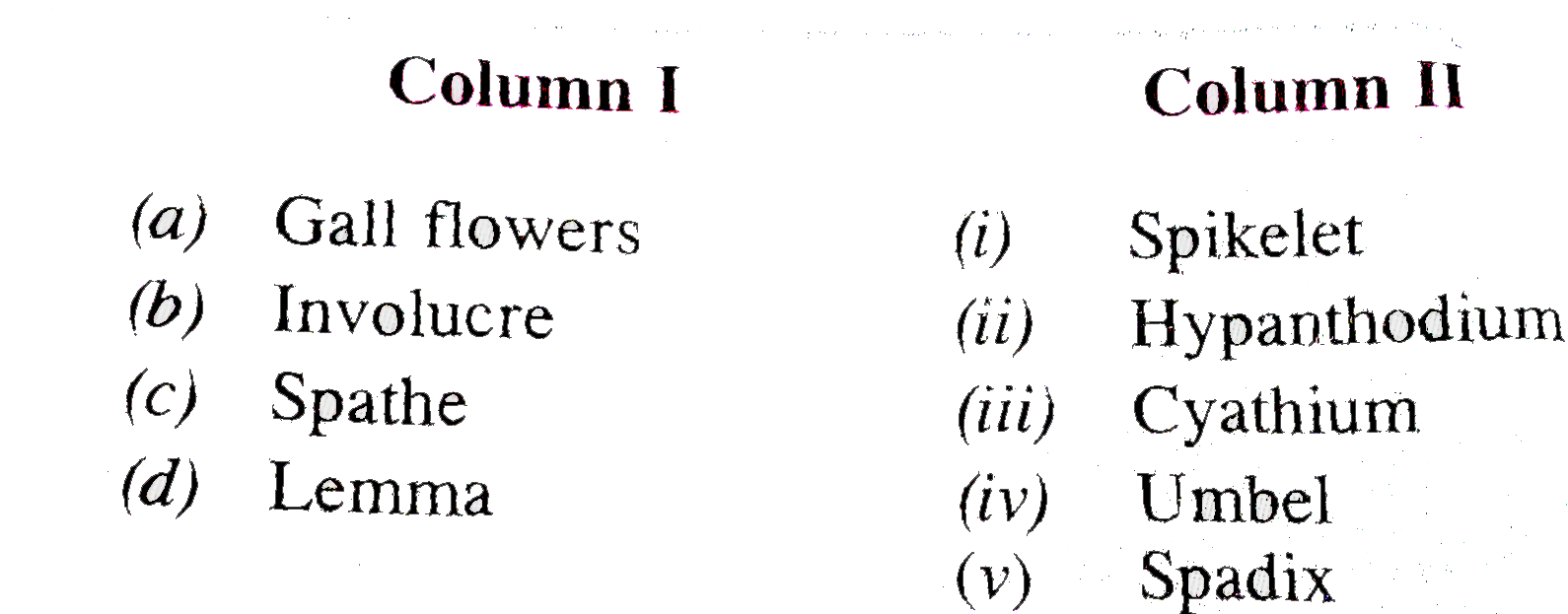Did Döbereiner’s triads also exist in the columns of Newlands’ Octaves? Compare and find out.
To determine whether Döbereiner’s triads also existed in the columns of Newlands’ Octaves, we can follow these steps:
Step 1: Understand Döbereiner’s Triads
Döbereiner proposed the concept of triads, where he grouped elements based on their similar properties. The notable triads he identified include:
- Lithium (Li), Sodium (Na), Potassium (K)
- Calcium (Ca), Strontium (Sr), Barium (Ba)
- Chlorine (Cl), Bromine (Br), Iodine (I)
Step 2: Understand Newlands’ Octaves
Newlands arranged elements in a table based on their atomic masses and noticed that every eighth element had similar properties. The arrangement includes:
- 1st row: Hydrogen (H), Lithium (Li), Beryllium (Be), Boron (B), Carbon (C), Nitrogen (N), Oxygen (O), Fluorine (F)
- 2nd row: Sodium (Na), Magnesium (Mg), Aluminium (Al), Silicon (Si), Phosphorus (P), Sulfur (S), Chlorine (Cl), Potassium (K), Calcium (Ca)
Step 3: Compare the Two Classifications
Now, we will compare the elements in Döbereiner’s triads with those in Newlands’ octaves:
- From Döbereiner’s triad: Lithium (Li), Sodium (Na), Potassium (K) are present.
- In Newlands’ octaves: Lithium (Li), Sodium (Na), Potassium (K) appear in the same sequence.
Step 4: Conclusion
From the comparison, we can conclude that Döbereiner’s triad of Lithium, Sodium, and Potassium is indeed present in Newlands’ octaves. This is the only triad that appears in the Newlands’ arrangement.
Final Answer
Yes, Döbereiner’s triads exist in the columns of Newlands’ Octaves. The triad consisting of Lithium, Sodium, and Potassium is common to both classifications.
---
Döbereiner proposed the concept of triads, where he grouped elements based on their similar properties. The notable triads he identified include:
- Lithium (Li), Sodium (Na), Potassium (K)
- Calcium (Ca), Strontium (Sr), Barium (Ba)
- Chlorine (Cl), Bromine (Br), Iodine (I)
Newlands arranged elements in a table based on their atomic masses and noticed that every eighth element had similar properties. The arrangement includes:
- 1st row: Hydrogen (H), Lithium (Li), Beryllium (Be), Boron (B), Carbon (C), Nitrogen (N), Oxygen (O), Fluorine (F)
- 2nd row: Sodium (Na), Magnesium (Mg), Aluminium (Al), Silicon (Si), Phosphorus (P), Sulfur (S), Chlorine (Cl), Potassium (K), Calcium (Ca)
Now, we will compare the elements in Döbereiner’s triads with those in Newlands’ octaves:
- From Döbereiner’s triad: Lithium (Li), Sodium (Na), Potassium (K) are present.
- In Newlands’ octaves: Lithium (Li), Sodium (Na), Potassium (K) appear in the same sequence.
From the comparison, we can conclude that Döbereiner’s triad of Lithium, Sodium, and Potassium is indeed present in Newlands’ octaves. This is the only triad that appears in the Newlands’ arrangement.
Yes, Döbereiner’s triads exist in the columns of Newlands’ Octaves. The triad consisting of Lithium, Sodium, and Potassium is common to both classifications.
Topper's Solved these Questions
Similar Questions
Did Dobereiner's triads also exist in the columns of Newlands' octaves ? Compare and find out.
View SolutionMatch the columns and find out the correct answer

View SolutionMatch the columns and find out correct combination :

View SolutionMatch the columns and find out correct combinatio

View SolutionMatch the columns and find out the correct combinations

View SolutionA block is 8 cm long, 2 cm wide, and 3 cm high and has a mass 375 g.
Compare the density of the block with the density of different substances in Table and find out what material the block is made of.
View SolutionMatch the columns and find out the correct combination

View SolutionMatch the columns and find out the correct combination

View SolutionCompare the columns and find out the correct combination.

View Solutioncompare the columns and find out the correct combination

View Solution
